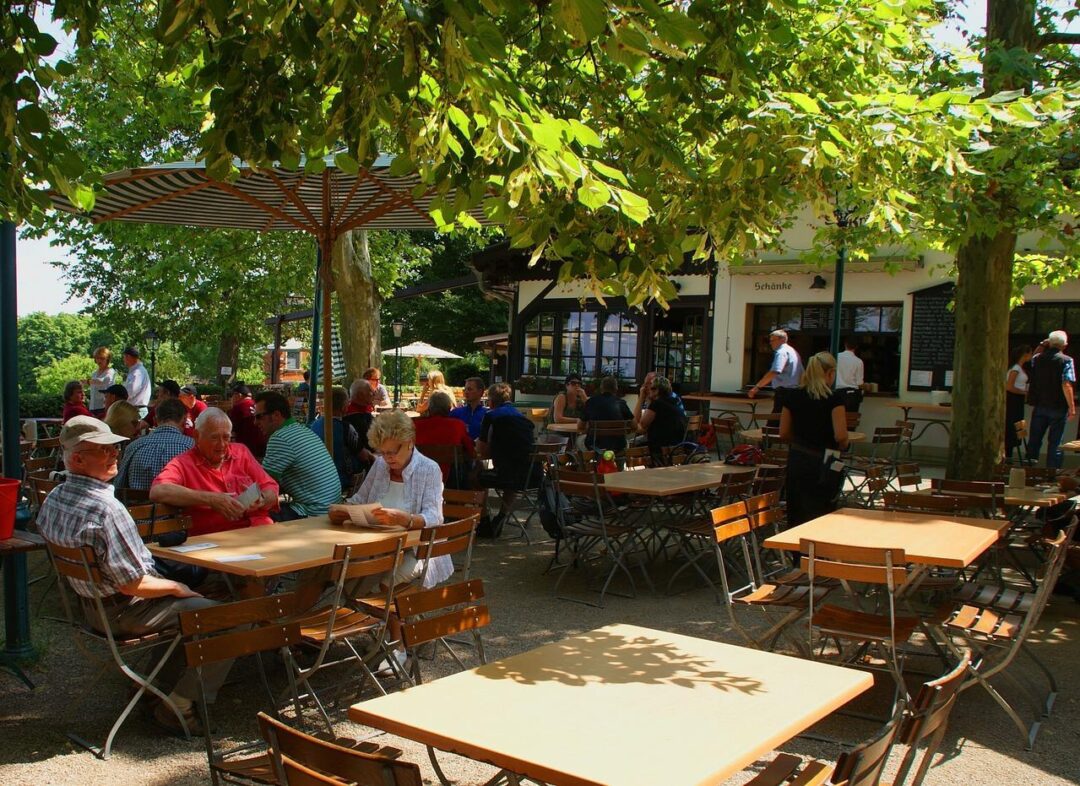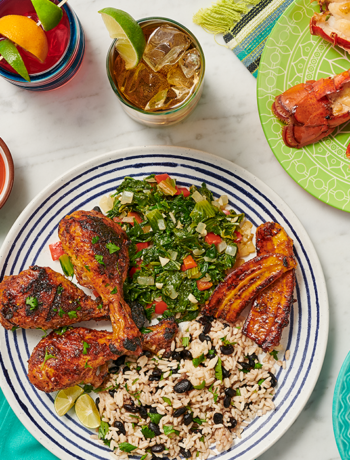Planning food itineraries for tourists is an art that requires careful planning and familiarity with the gastronomic life of a land. For the success of any undertaking, it is essential to leave general pronouncements and focus on facts that can be acted upon. These are five tips and things to ensure that the best food tour is unforgettable.
1. Research Local Culinary Scene
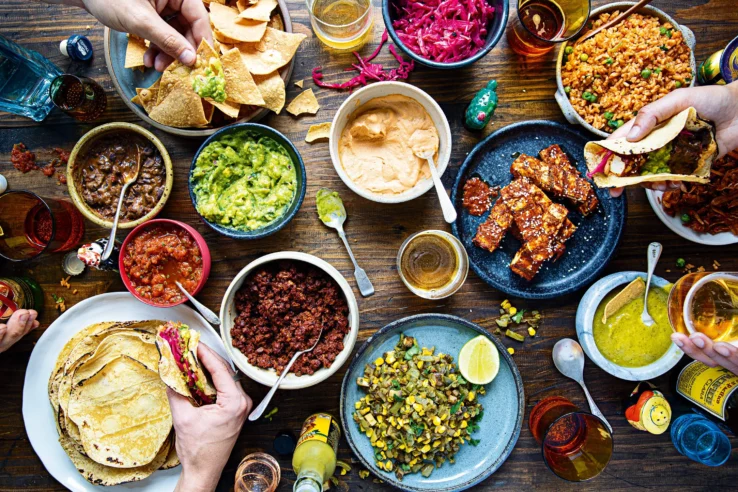
Source: cntraveller.com
Setting off on the journey to develop an outstanding tour goes beyond casually minding how local cuisine looks. It involves diving into what makes its taste and ambiance peculiar. First, begin with in-depth research of deciphering local gastronomic tapestry layers.
Do not just quote the names of established restaurants. Bring up examples like unassuming eateries placed on the back streets. These are the creme de la cream in culinary terms. Immerse yourself in the heart of cultural centers. They offer tasty dishes and captivate through stories about the culinary legacy within this region.
For instance, consider developing a food tour in London, which is known for its polychrome mosaic cuisine. Some iconic locations that one could discuss include Borough Market. It’s a culinary heaven full of artisanal products and street foods. Uncover the nuances of each destination, from authentic to avant-garde. Thus, your travel turns into an immersive journey through local traditions.
2. Create a Well-Structured Itinerary
The itinerary is not a single logistical requirement. Instead, it is the spine that turns an average sightseeing trip into a phenomenal journey. The trick is to strike the equilibrium between prominent landmarks, symbolizing regional cuisine and uncovering hidden treasures.
Stretch out your food tour along the legendary roads and hidden jewels of Edinburgh. Dive into the city’s culture by checking the local pubs. Meet remarkable Scottish dishes, like haggis and neeps & tatties. This is not just food. It’s an introduction to Scottish culture. People feast upon traditional foods from Scotland’s heart and soul.
A good food tour business model does much more than a regular one. Think more about what your guests would like to do. Offer a whiskey tasting, enabling them to feel the various touchable pleasures of Scotch’s concoction.
3. Partner with Local Establishments
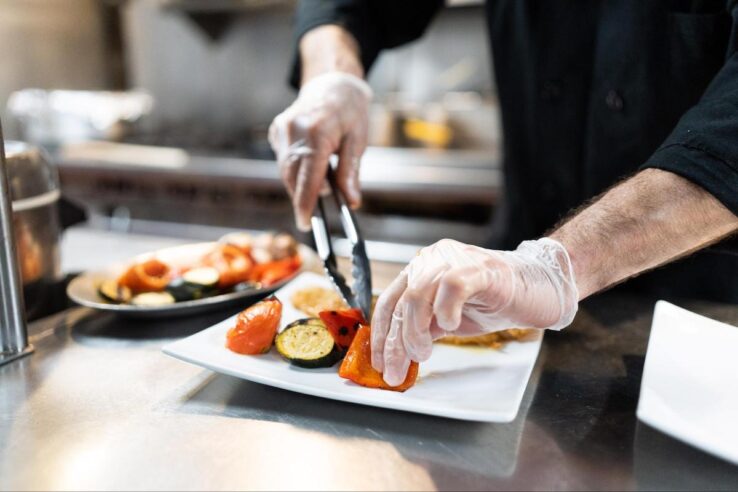
Source: restaurants.yelp.com
The tour’s true spirit comes from shared experiences between travelers and locals. It also brings to light the delicious dishes. If you want to take your food tour even higher, widen the scope of your partnerships. Join hands with multiple local establishments. They will make this culinary journey a mosaic of credibility.
Picture this: On your food tour, stroll through the busy streets of Manchester. You’ll change into a chorus of sensibilities driven by yourself. Contributions made together by numerous restaurants populate and illuminate this great city. For this purpose, partner with restaurants, cafes, and food vendors nationwide. Create a chain that complements it.
This relationship makes the food tour more valuable. It also contributes to developing local businesses. It turns into a “Win-Win” situation. Tourists get priceless wisdom and precious lifestyles. Local business owners receive the customers they deserve.
4. Provide Insightful Narration
Imagine the cobblestone streets in Liverpool; every stone tells an old story. A competent food tour guide is not just an enabler but a master storyteller. However, as the participants move to different places in the food world, they share information. They tell stories that blend history and culture, and every bite becomes part of an exciting story.
Beyond the tastes on the plate, this compliance provides a frame of reference. It enables participants to access an expedition connecting food and culture of origin. Liverpool is worth mentioning. A guide should discuss its maritime history of sea voyages, crowded ports, and heritage associated with water. It flows effortlessly. Individuals sample the various types of seafood on the water divides, creating a fusion between today’s cuisine and the city’s past.
Imagine guests taking casual strolls across the world-famous Liverpool waterfront. They can enjoy various delightful seafood specialties. Armed with historical knowledge, the guide creates a visual masterpiece of the city’s water miracles. At every food stop, from the noisy trading docks of yore to today’s modern sea scene brimming with life. The participants consumed the food and absorbed Liverpool’s maritime legacy.
5. Ensure Comfort and Safety
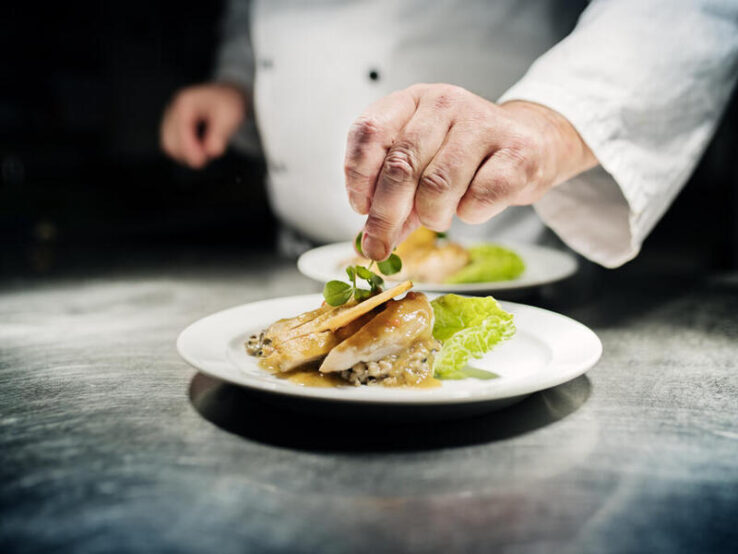
Source: theforkmanager.com
Envision a food tour that runs seamlessly with every bite uninterrupted by any logistical problems. The essence of this seamless experience is reliable transportation. To achieve this, arrange for special transport such as hiring a minibus van. This ensures comfortable seats for the participants and an opportunity to navigate the complexities involved with large spaces or different neighborhoods.
Reliable transport to travel long miles or move through several hoods goes beyond being a convenience. Hire a minivan which forms the structural basis of a seamless ride from diverse restaurant locations. Participants can only taste the gastronomic journey if they consider how they will travel from one point to another.
In addition, in a UK setting where visual bliss and edible wonders could spread across provinces, short-term car rental brings freedom as one of the poles. Websites, including Rental24.co.uk, offer various options, and tour organizers can choose the appropriate vehicles based on their needs, including long-term UK car hire.

